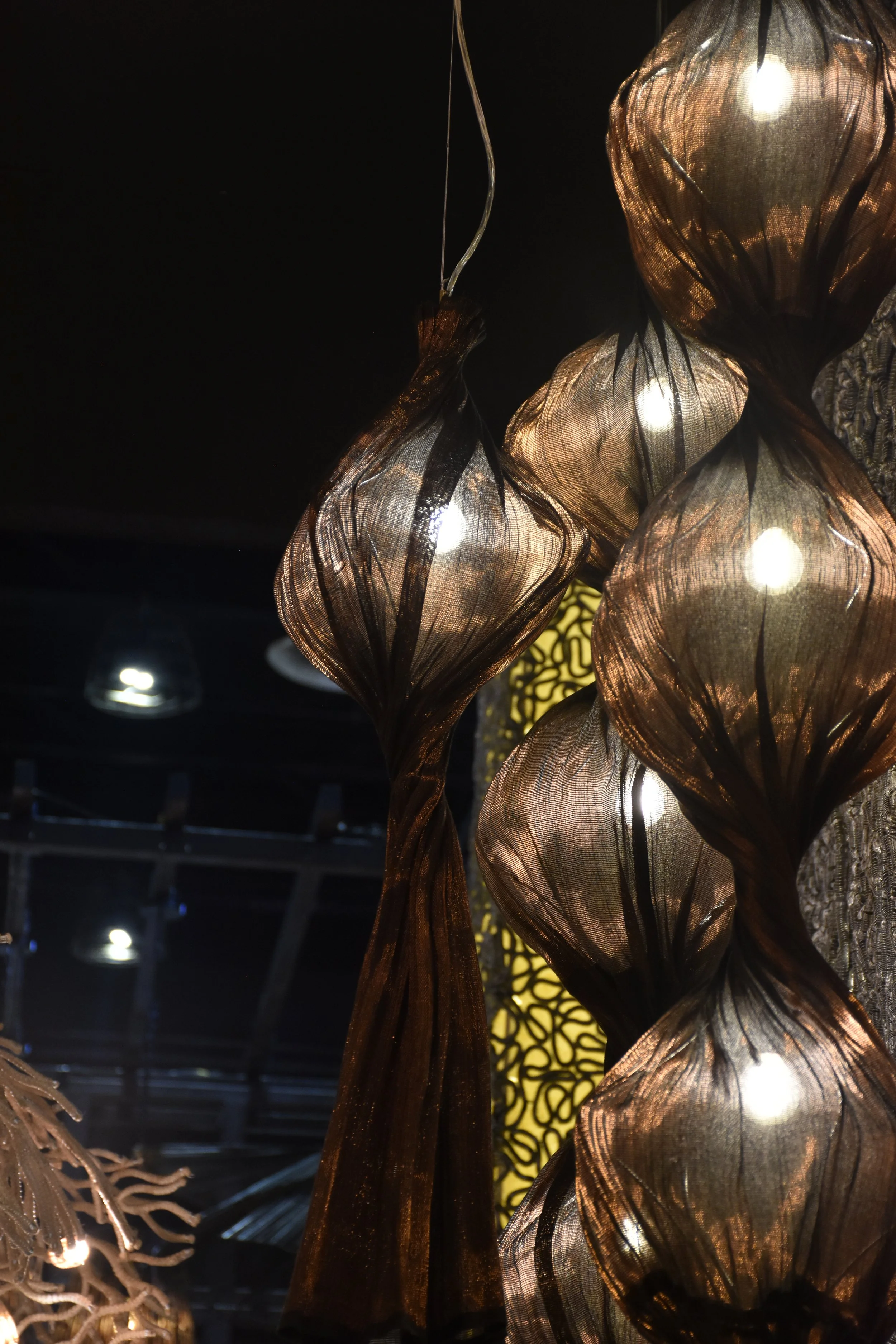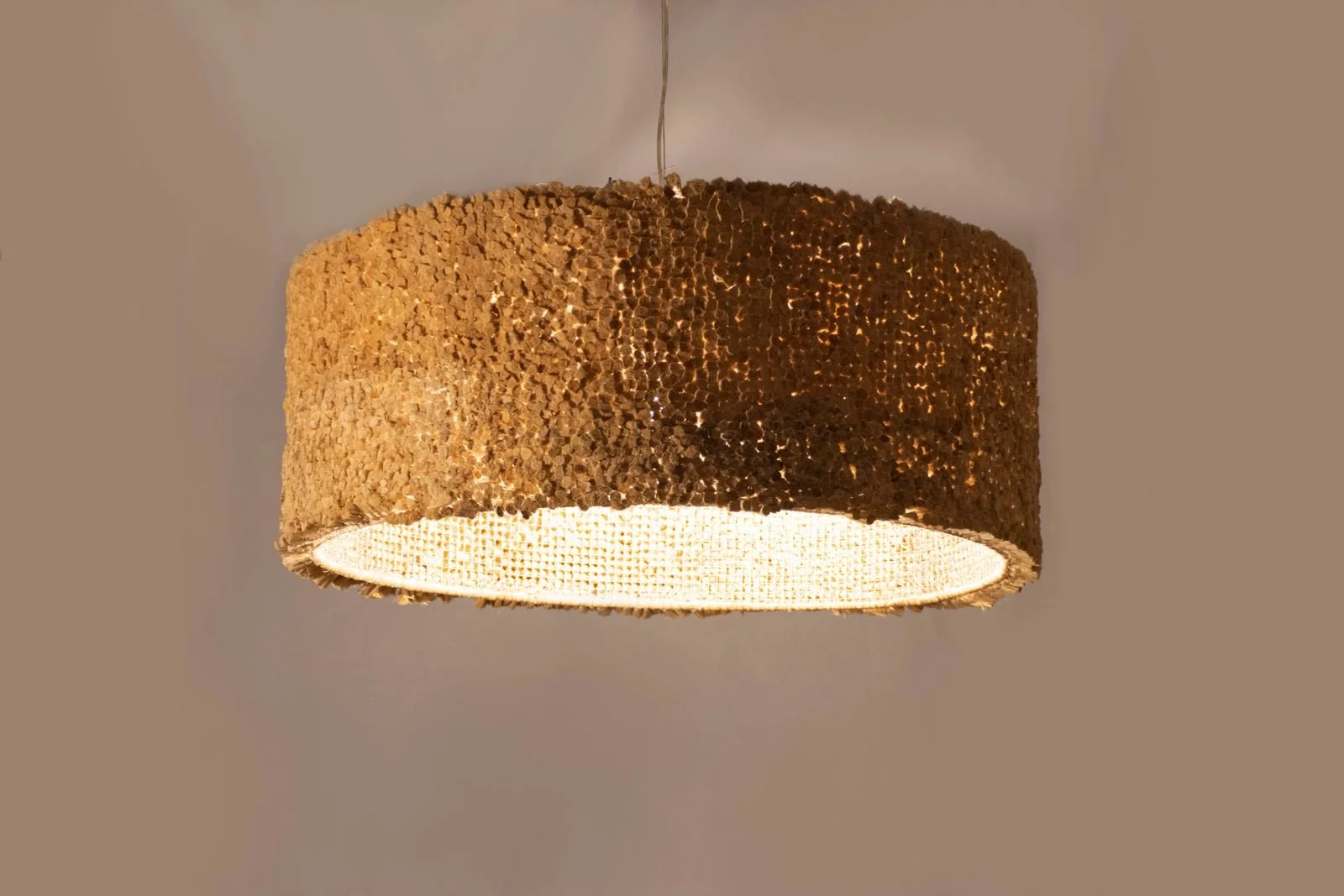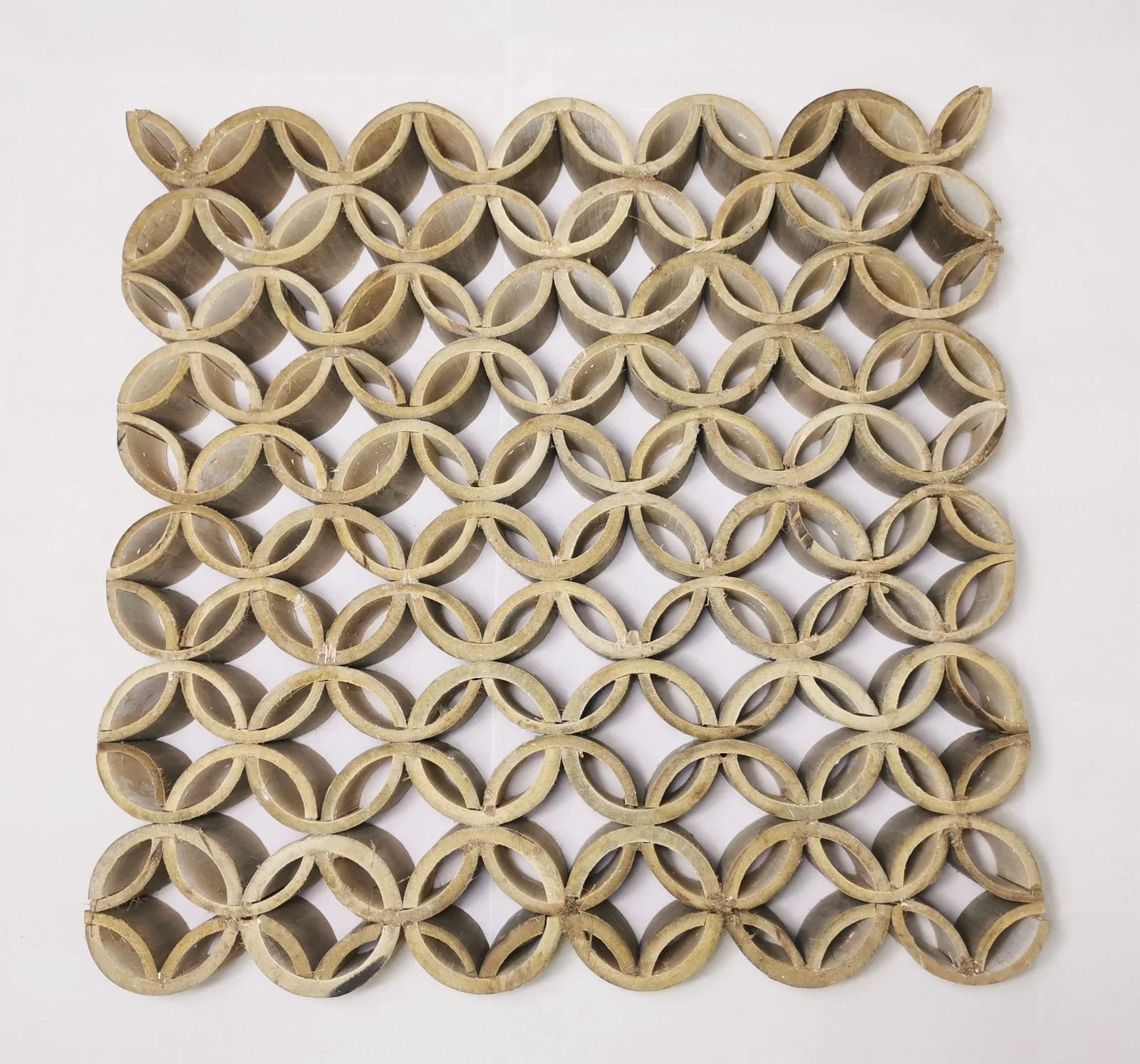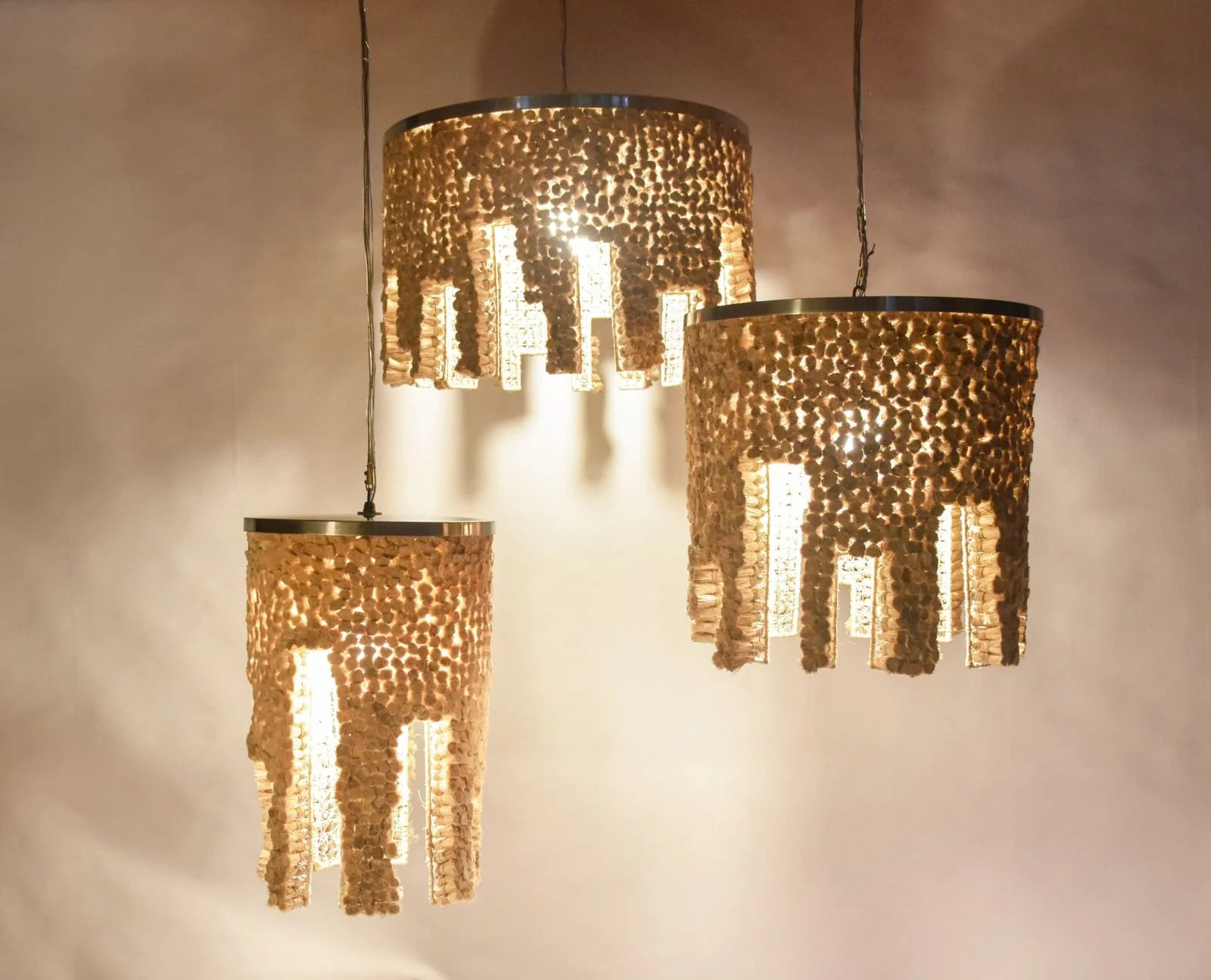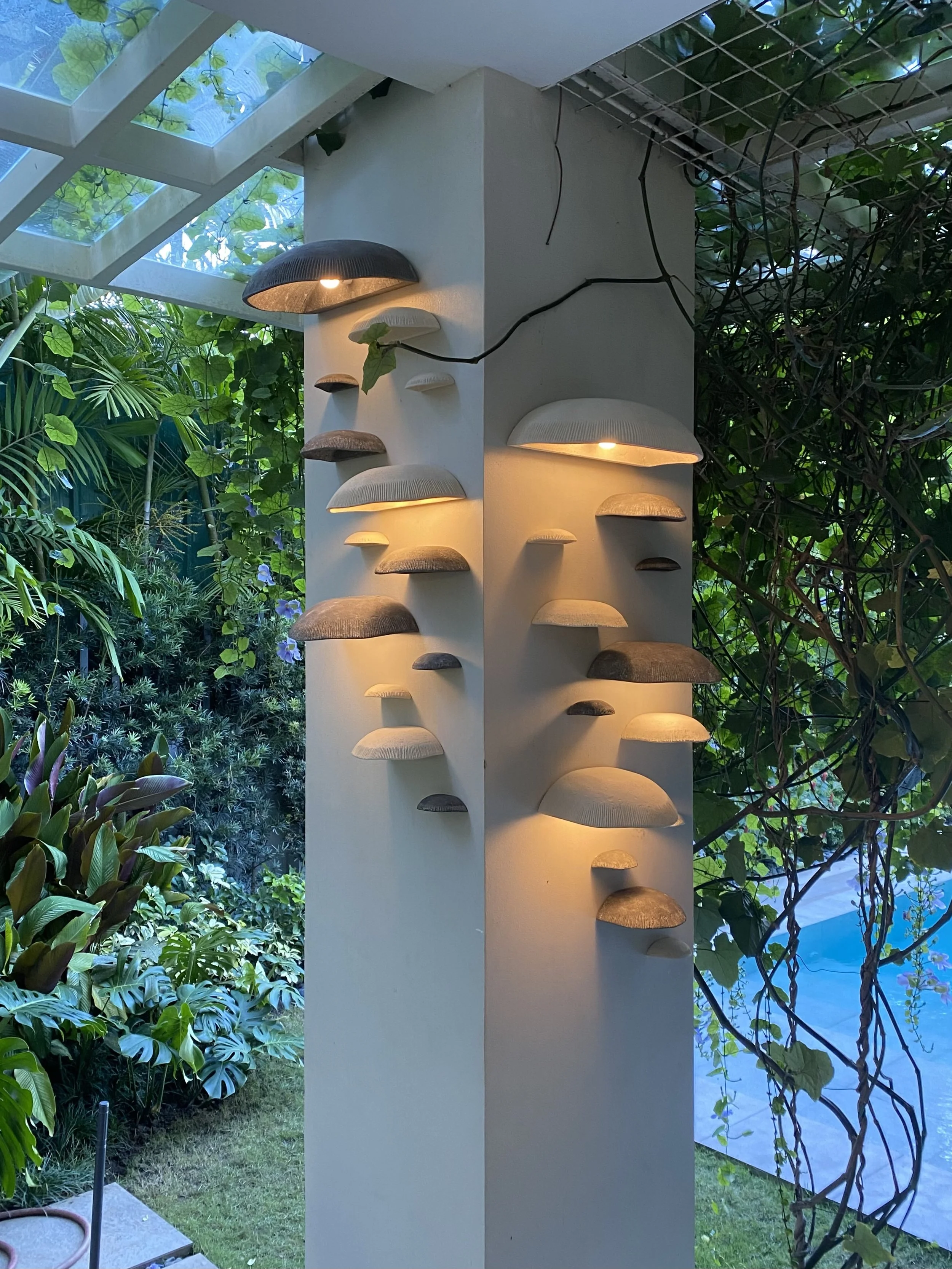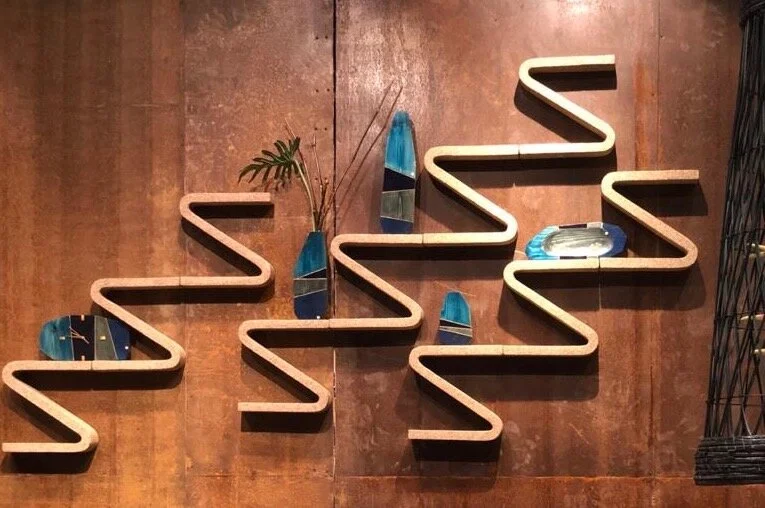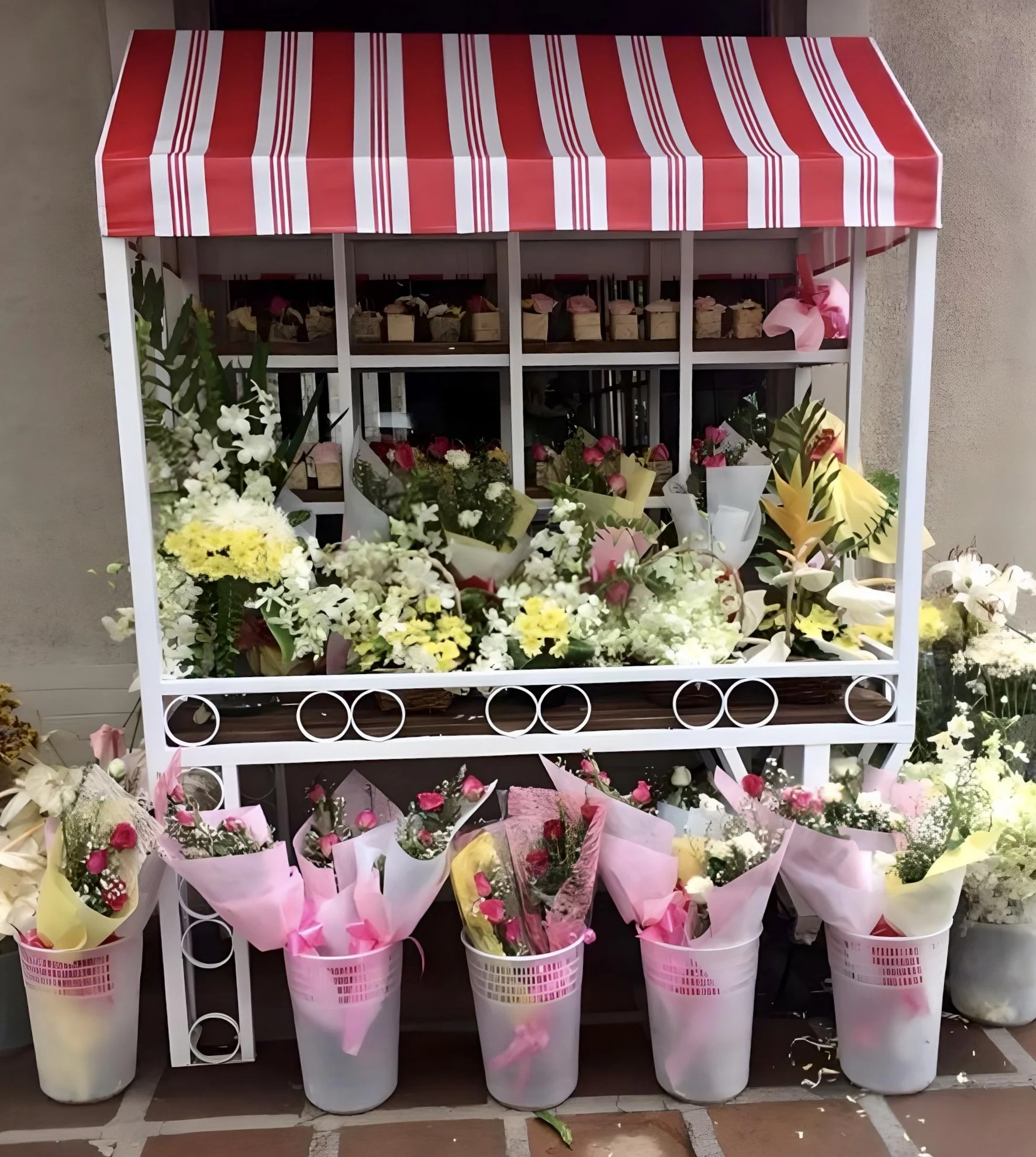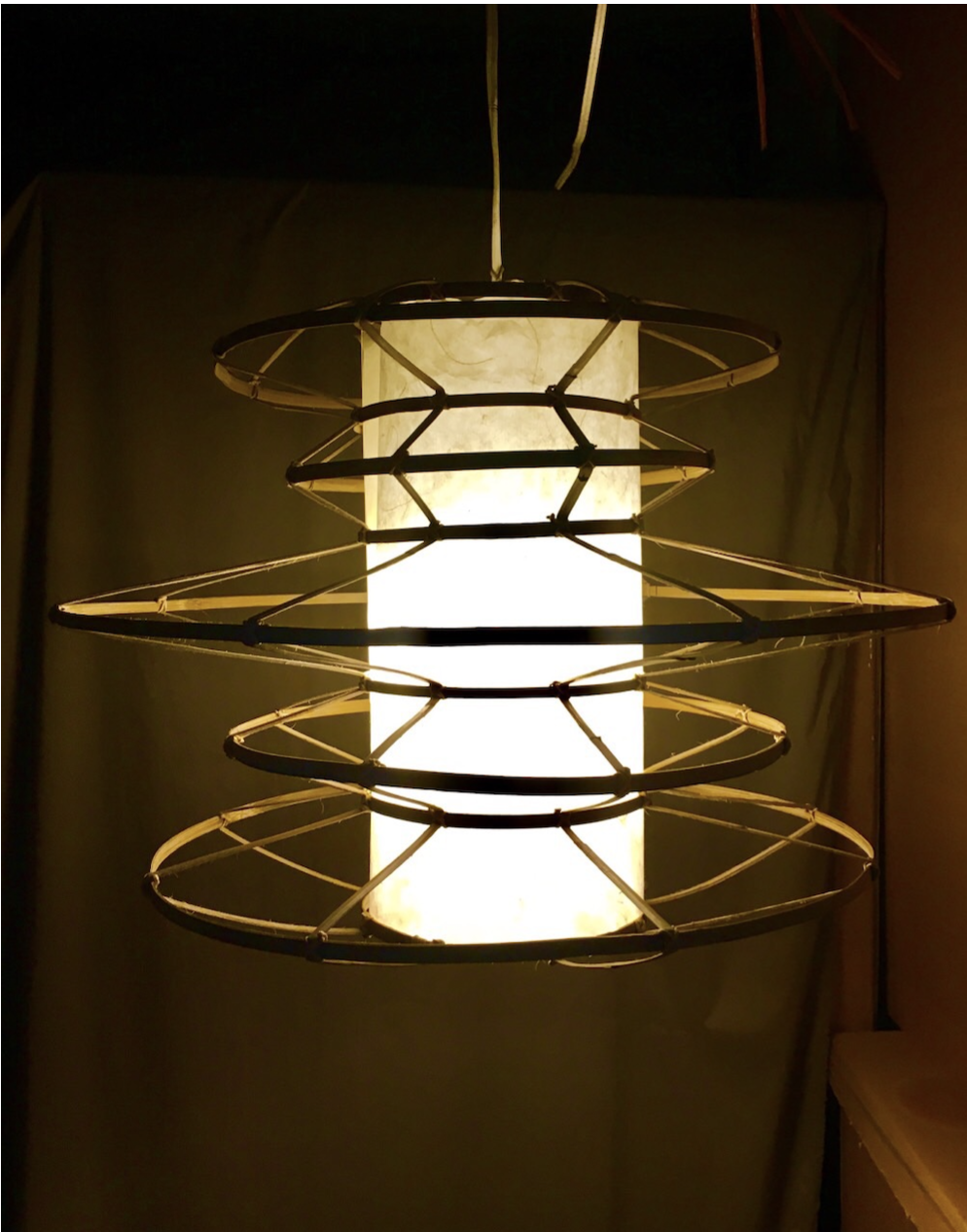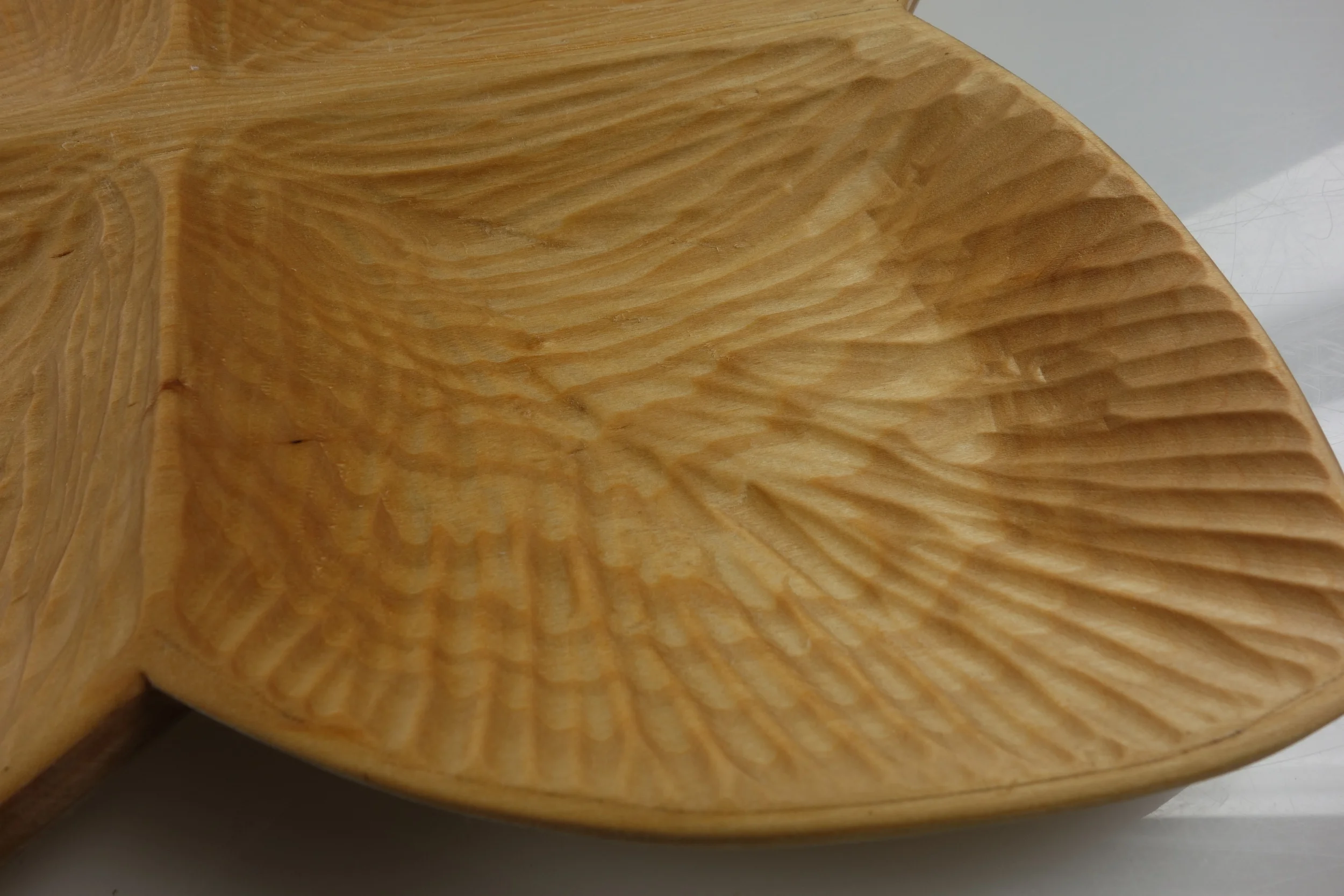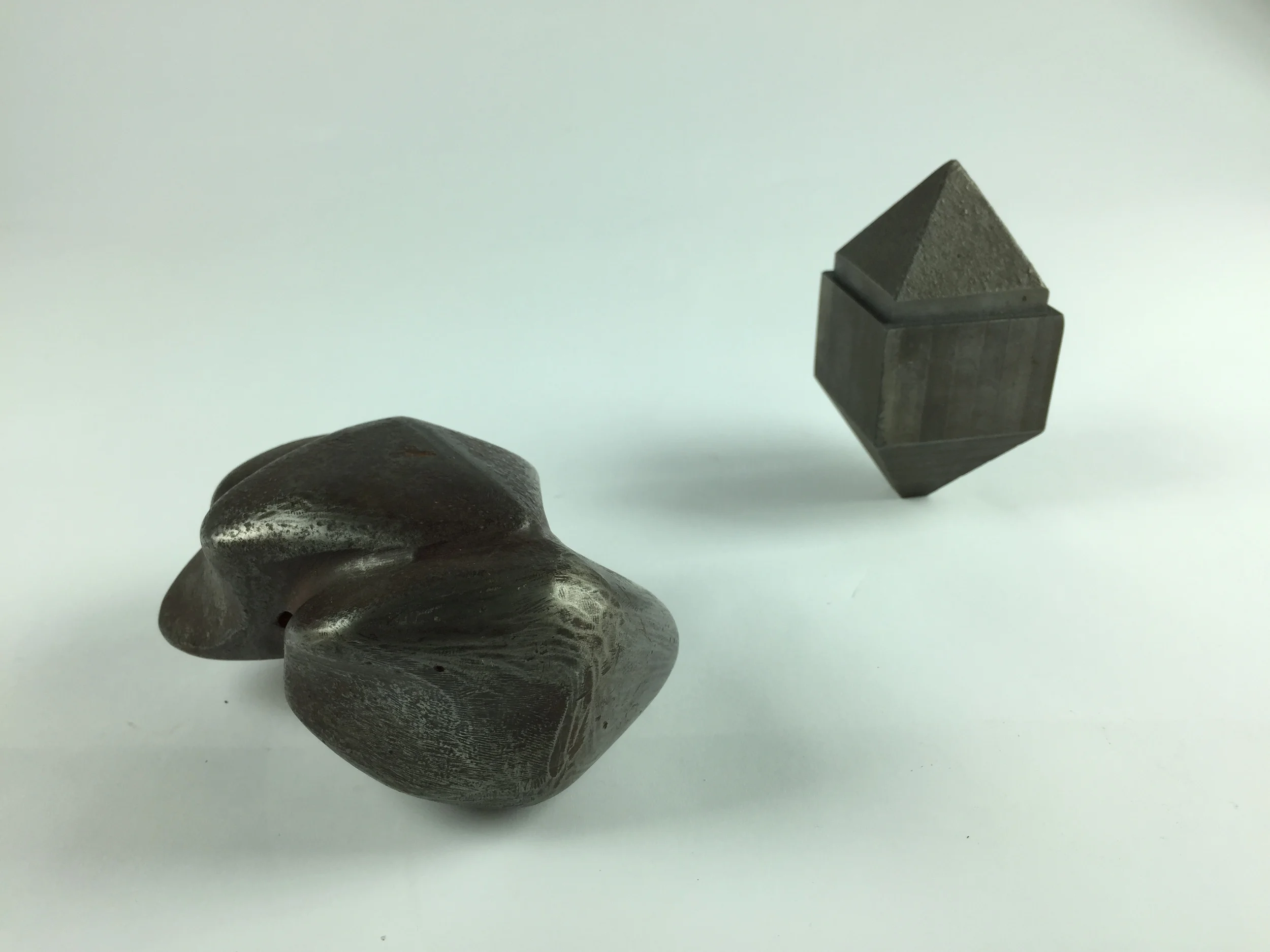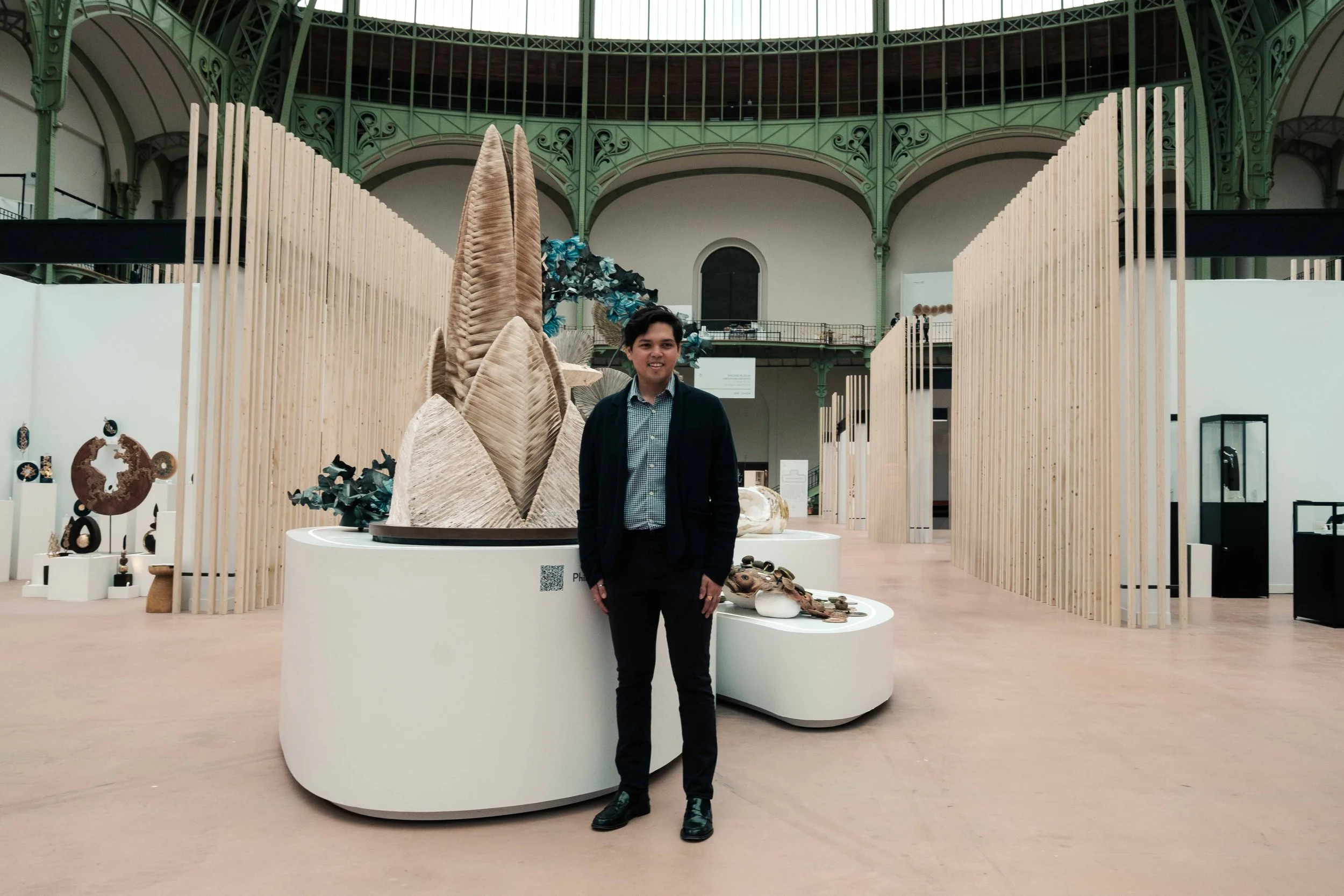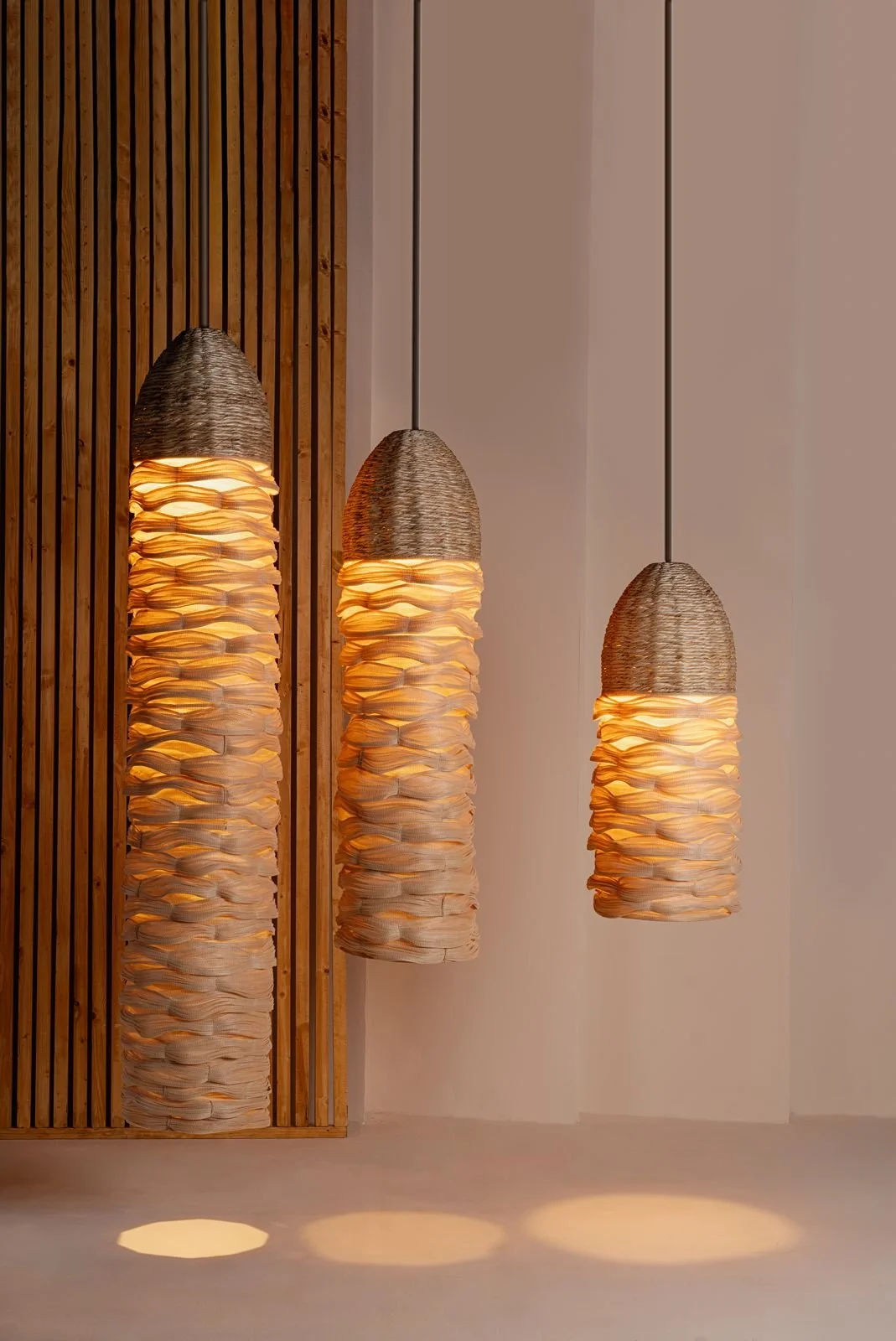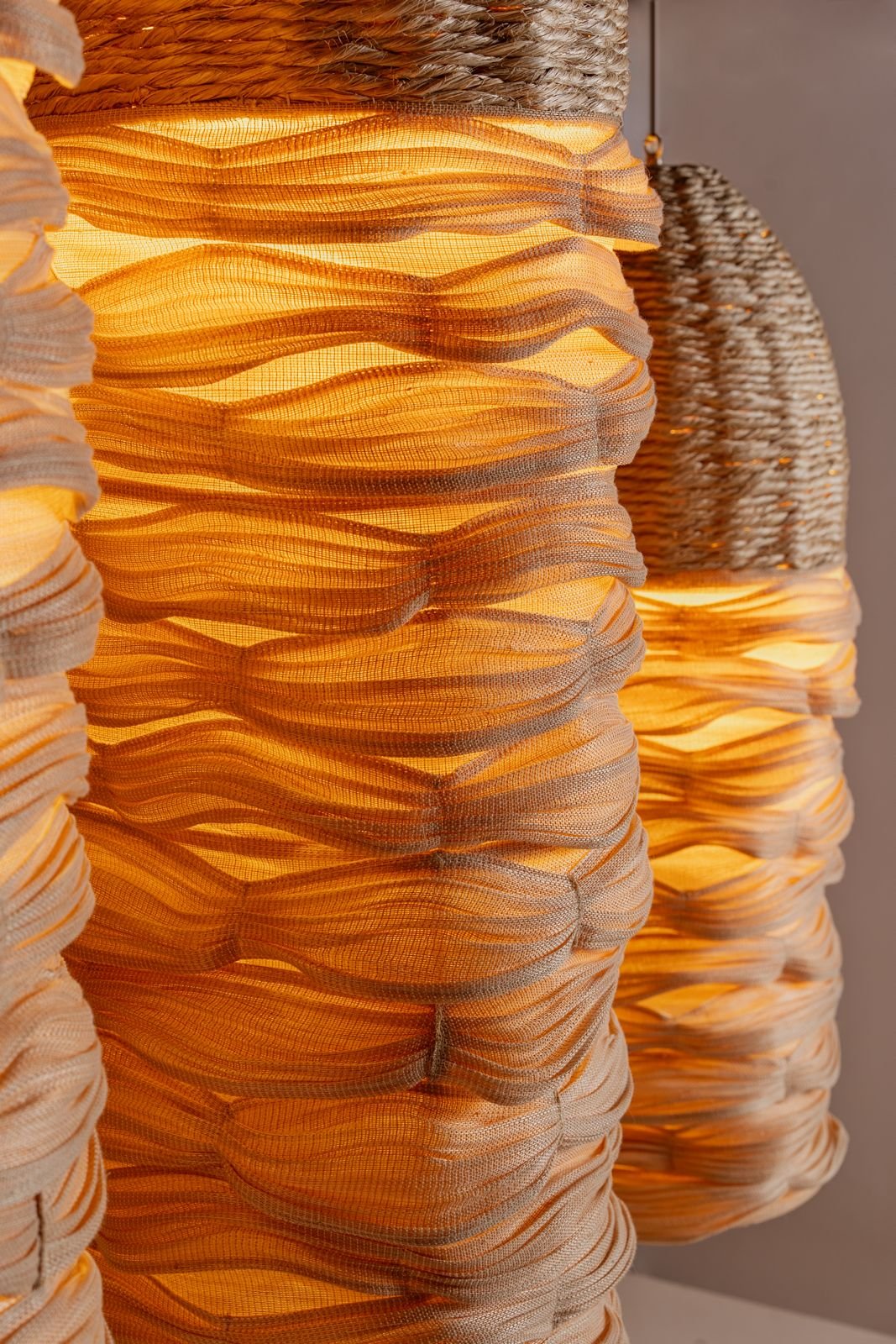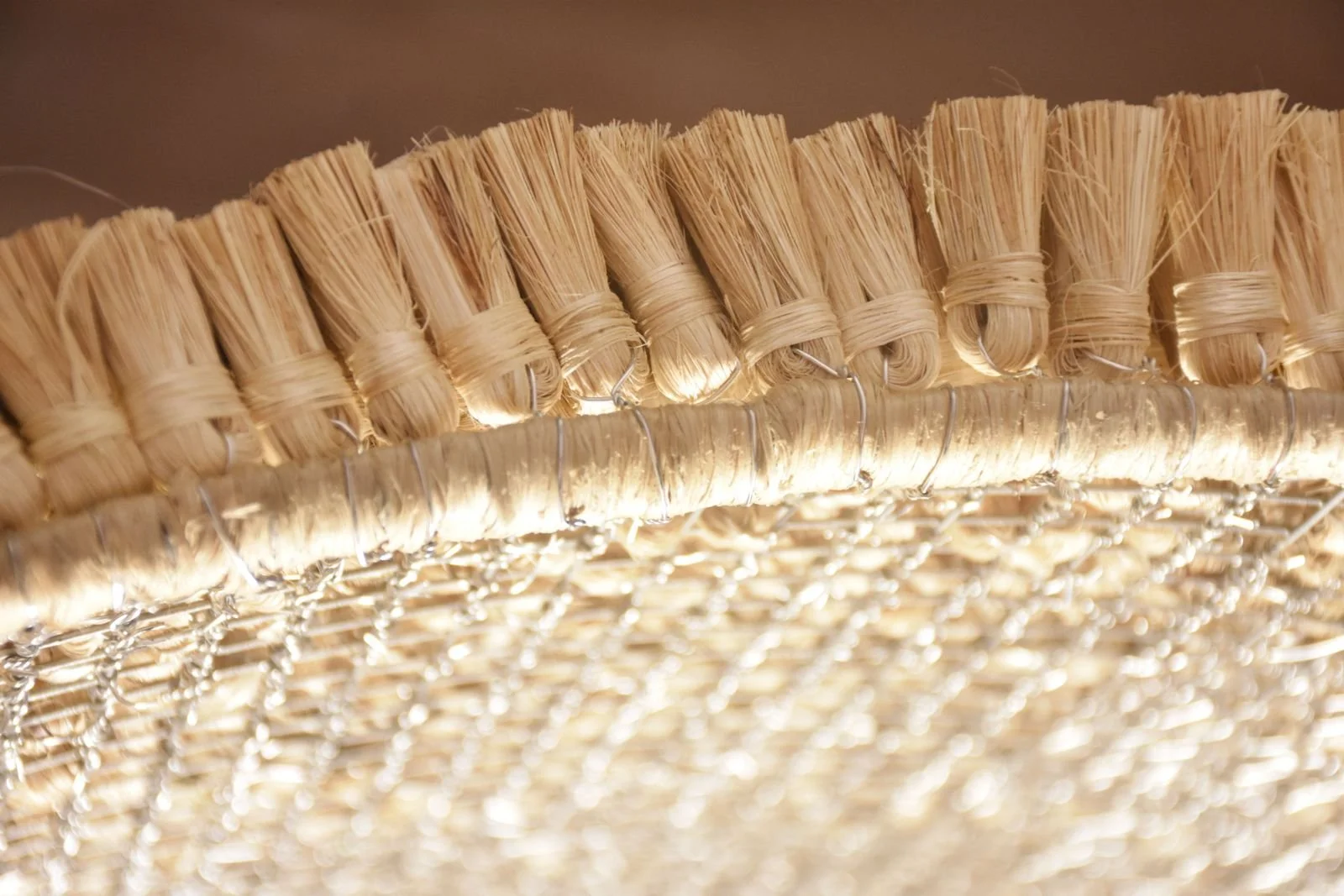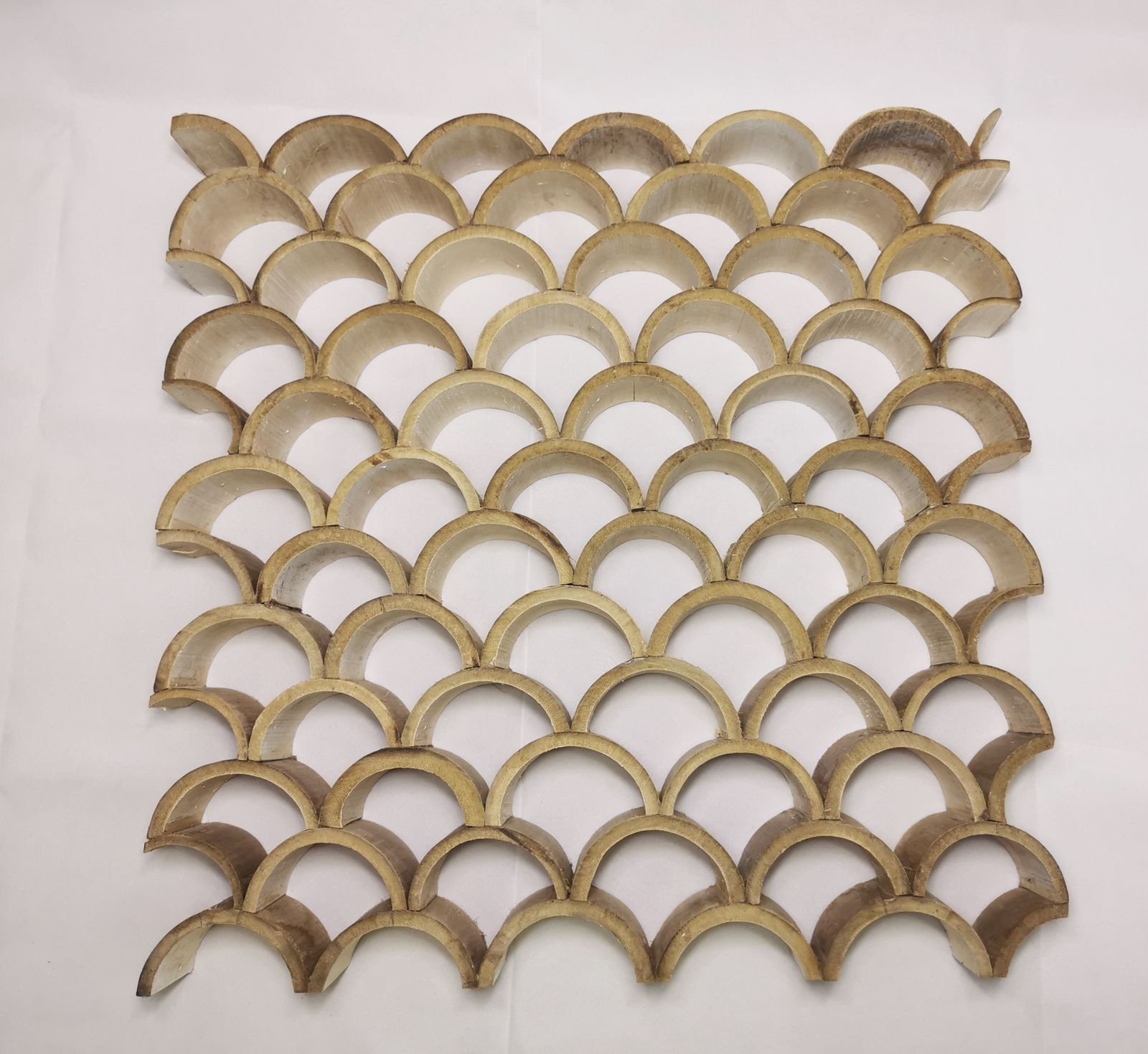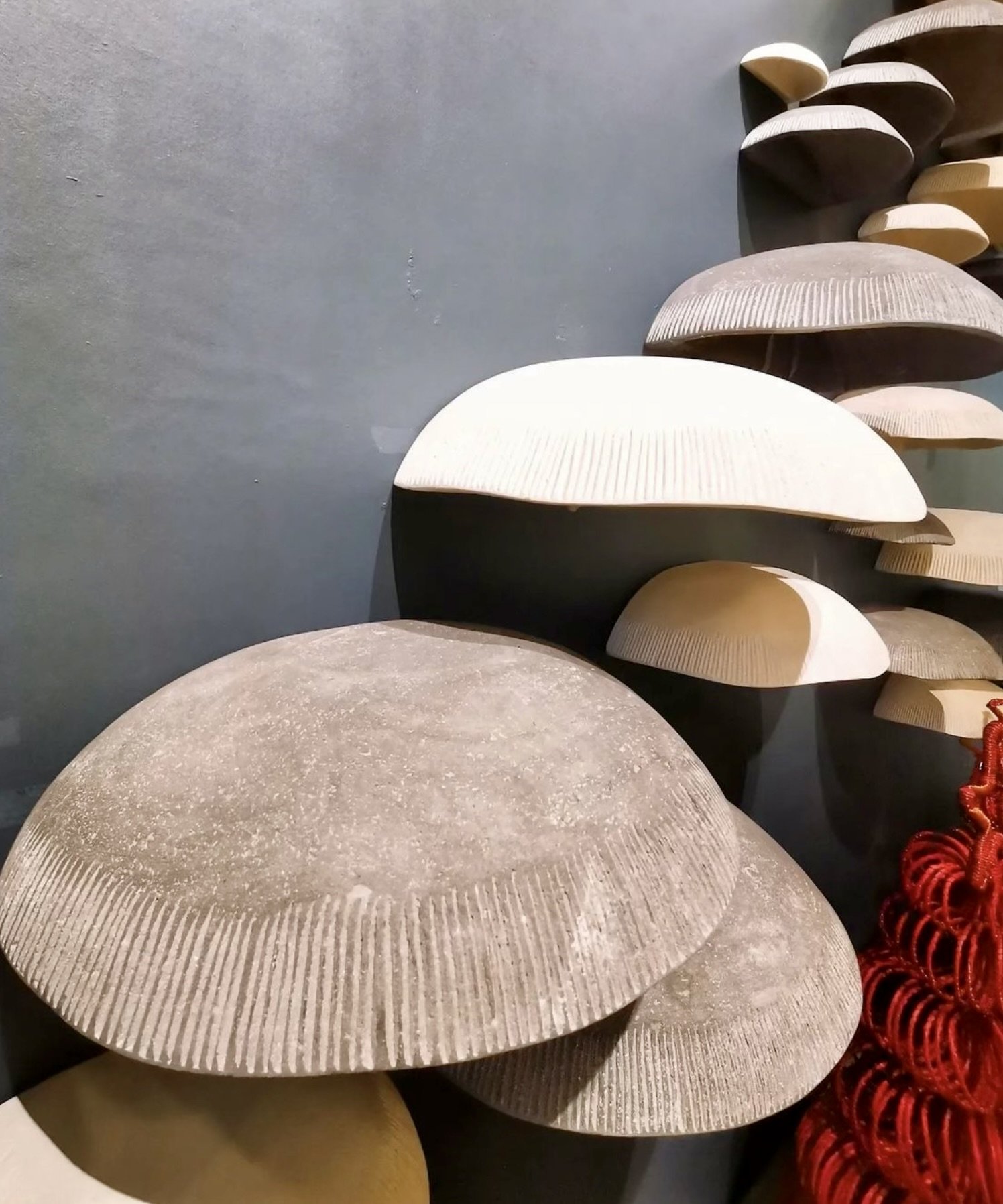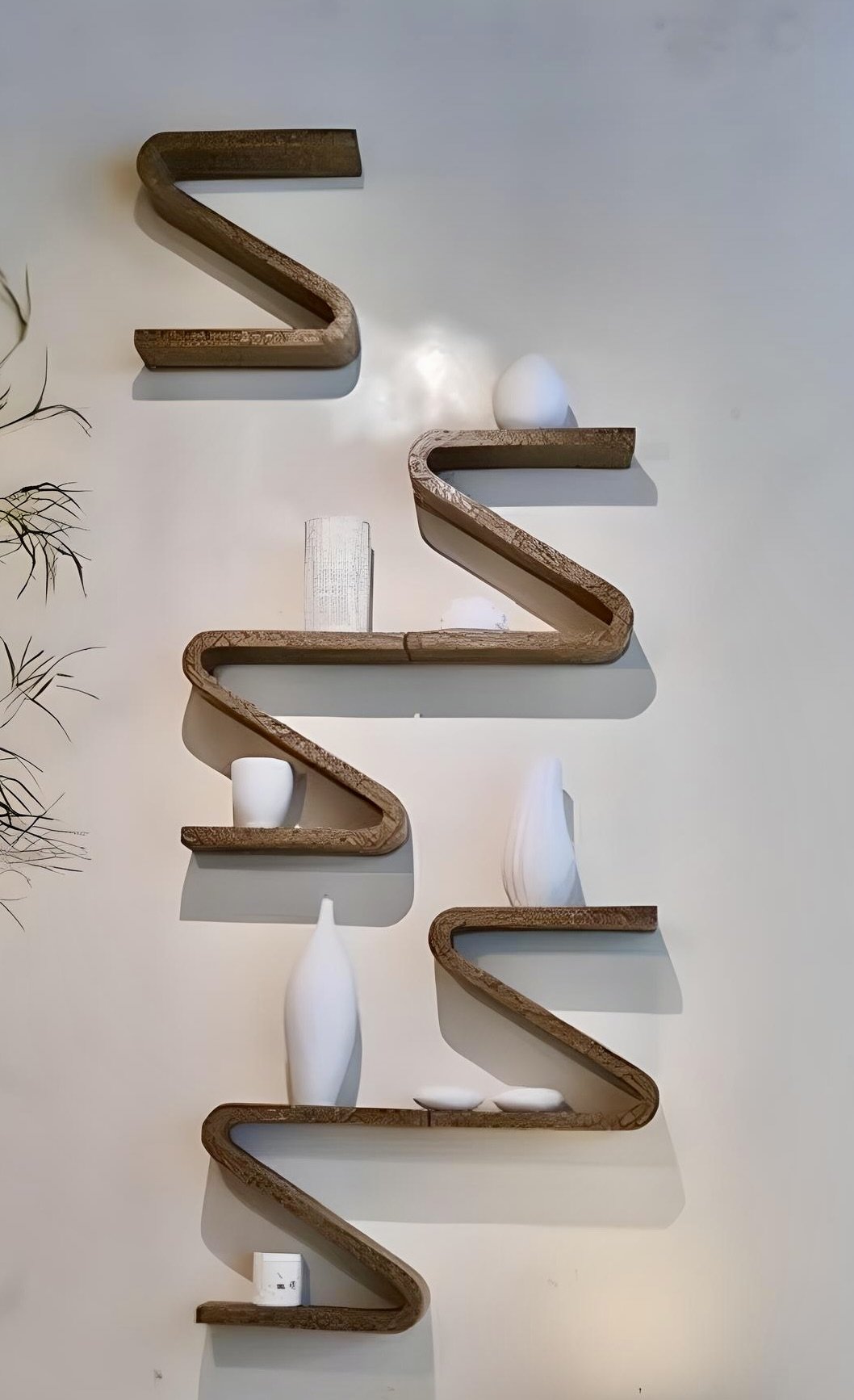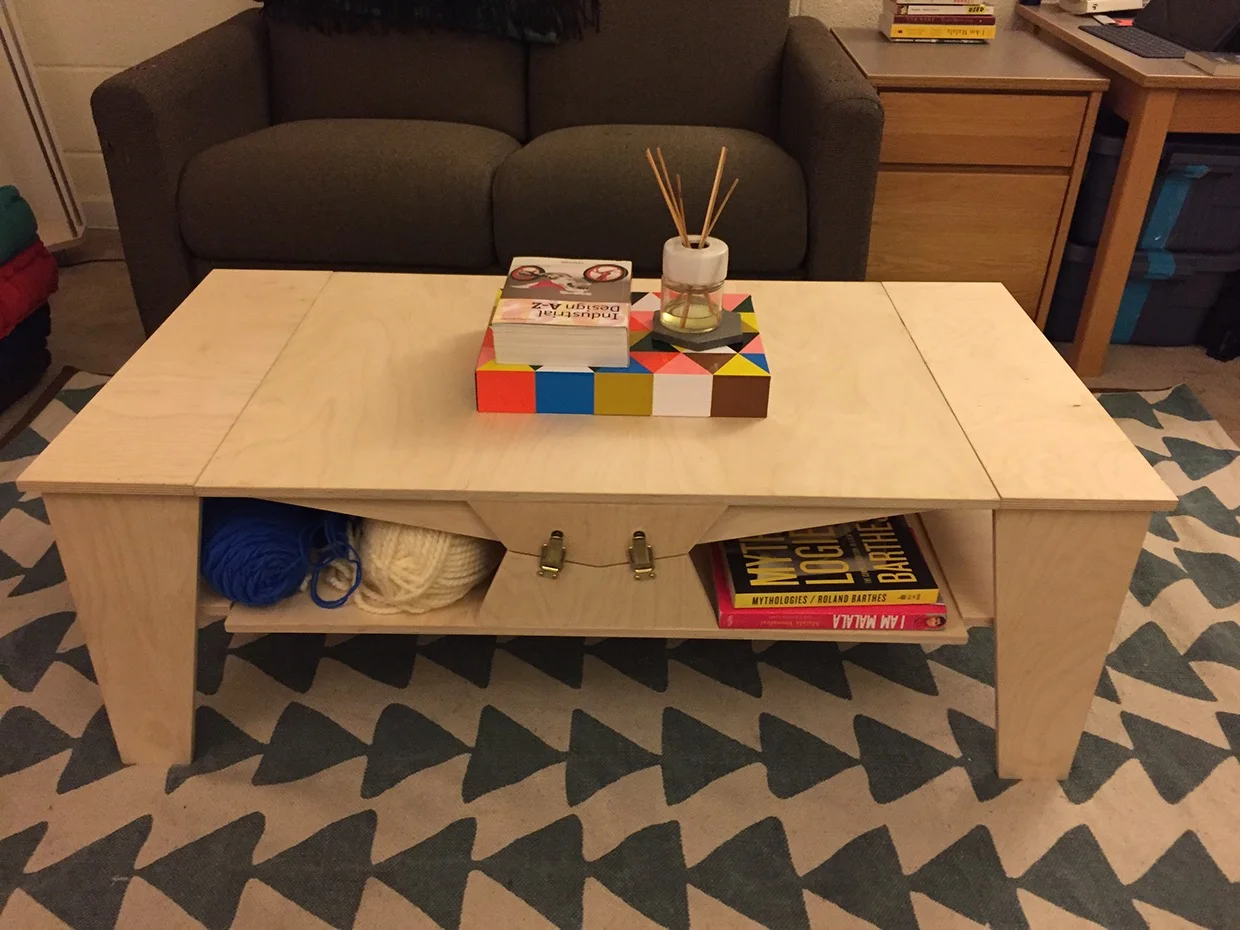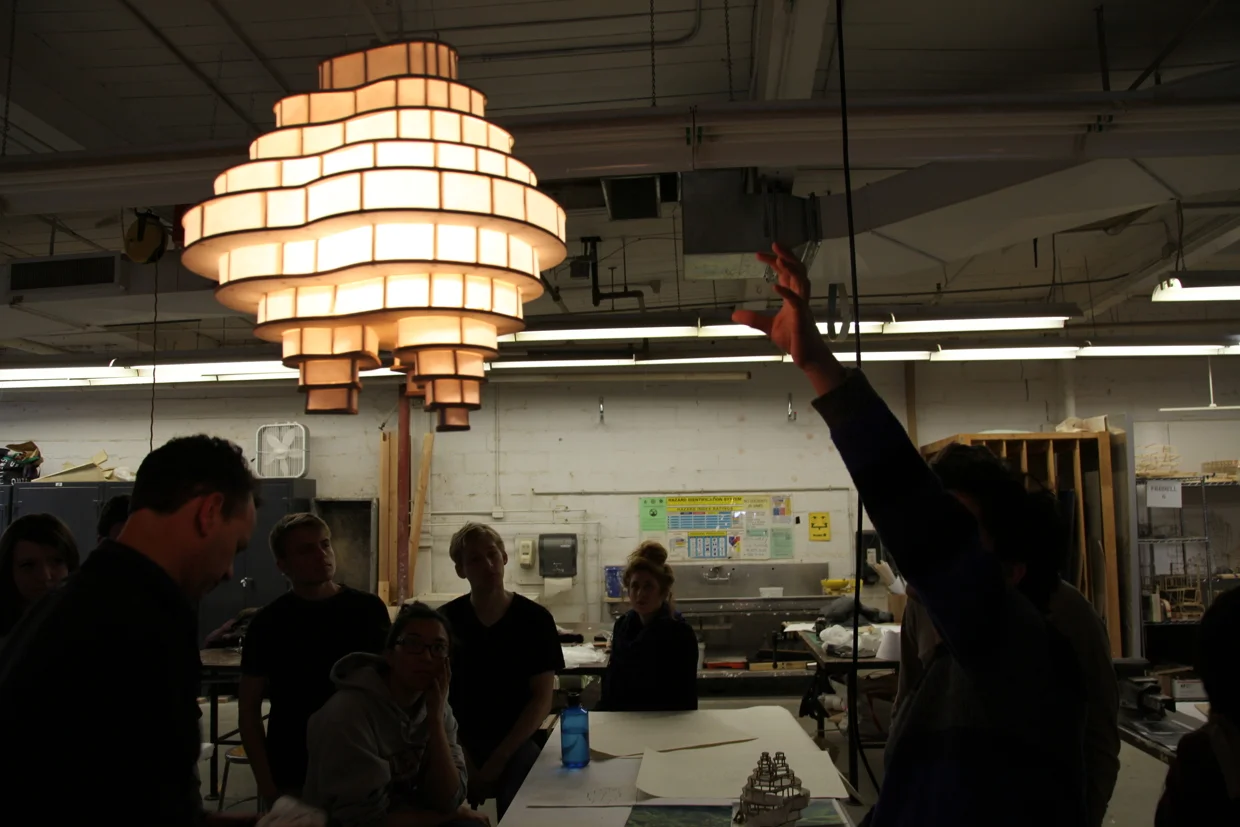Inspired by the abaca flower—the very source of abaca fiber—Heart of Abaca is a three-layered sculptural piece that embodies the evolution of craftsmanship, from raw material to artistic collaboration. Each layer reflects a different stage of the T’boli tribe’s weaving process, paying homage to their deep connection with nature and their mastery of T’nalak fabric.
The T’boli tribe, an indigenous group from the southern Philippines, is renowned for their exceptional craftsmanship, particularly in weaving T’nalak fabric. Their artistry is deeply rooted in tradition, with patterns and designs inspired by dreams, nature, and ancestral heritage. This piece, designed by Maricris Brias and Jaime Brias, is a tribute to their skill, resilience, and the enduring beauty of Philippine indigenous craftsmanship.
The outermost layer, crafted from raw abaca dipped in pulp, represents the initial stage of the weaving process, where raw fibers are carefully gathered from the abaca plant. This stage signifies the tribe’s reverence for natural materials and the labor-intensive preparation required before the weaving can begin. The middle layer, composed of thin, straight T’nalak strips, symbolizes the transformation of these fibers into a revered textile. This is where the magic of the T’boli’s meticulous hand-weaving comes to life, as they carefully dye and weave the material using the ancient ikat technique to create T’nalak fabric, a sacred textile unique to their culture. The inner layer, made of broader patterned T’nalak strips, represents the final stage of the process—the culmination of tradition, skill, and artistry. The pattern adorning this layer, called “Ikat Vine,” is inspired by nature, reflecting the T’boli people’s deep spiritual and cultural connection to their environment.
Rising upwards in a dynamic form, the piece mimics the organic growth of nature, symbolizing continuity, adaptation, and cultural evolution. It embodies the convergence of heritage and innovation, capturing the collaborative relationship between indigenous artisans and contemporary Filipino designers. Through its layered composition, Heart of Abaca tells the story of the T’boli’s time-honored process—from gathering raw materials to dyeing and weaving—presented in a contemporary form that honors their legacy while looking toward the future.


